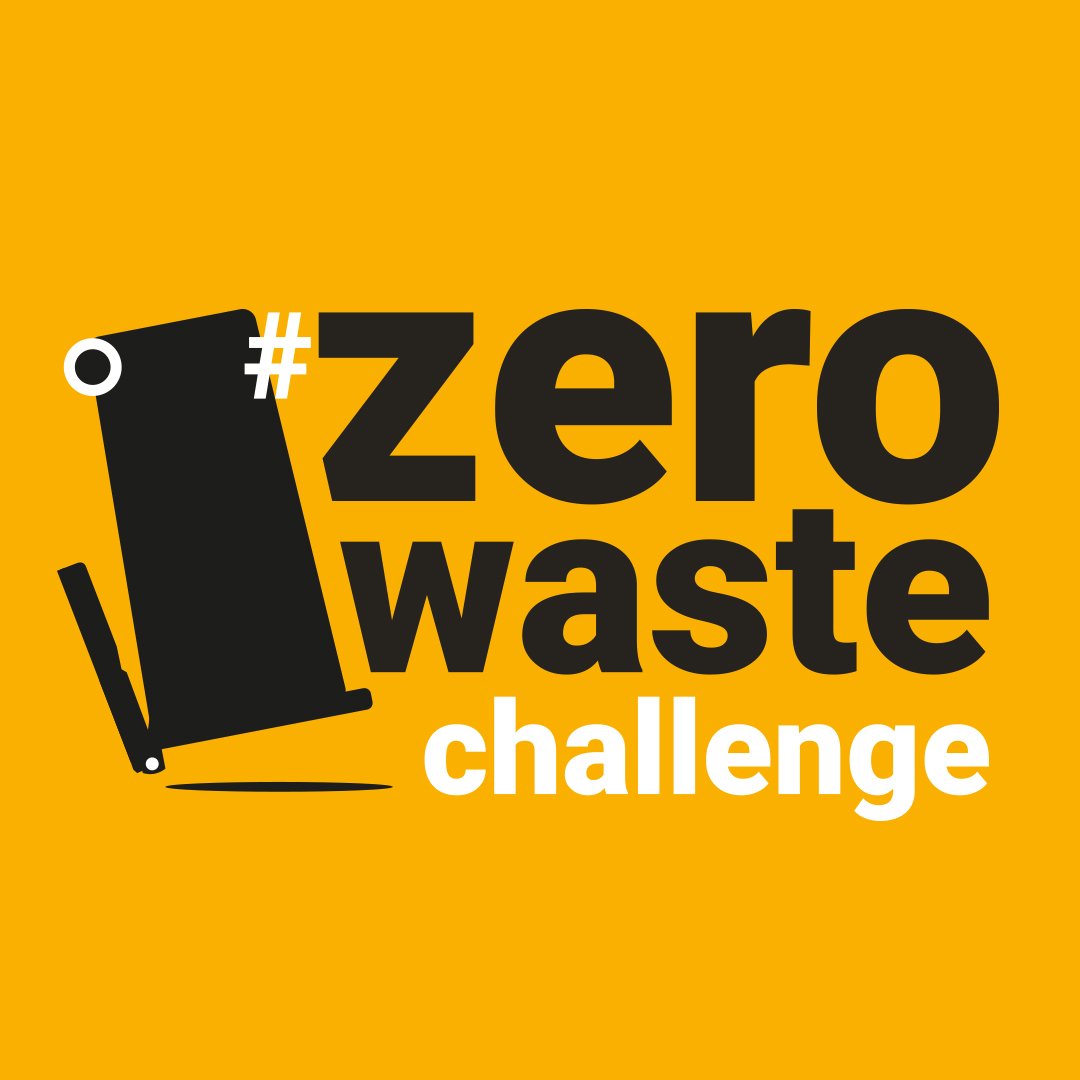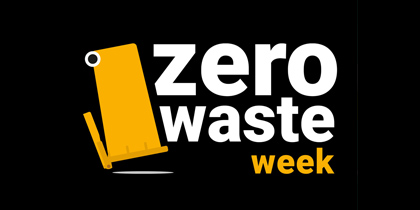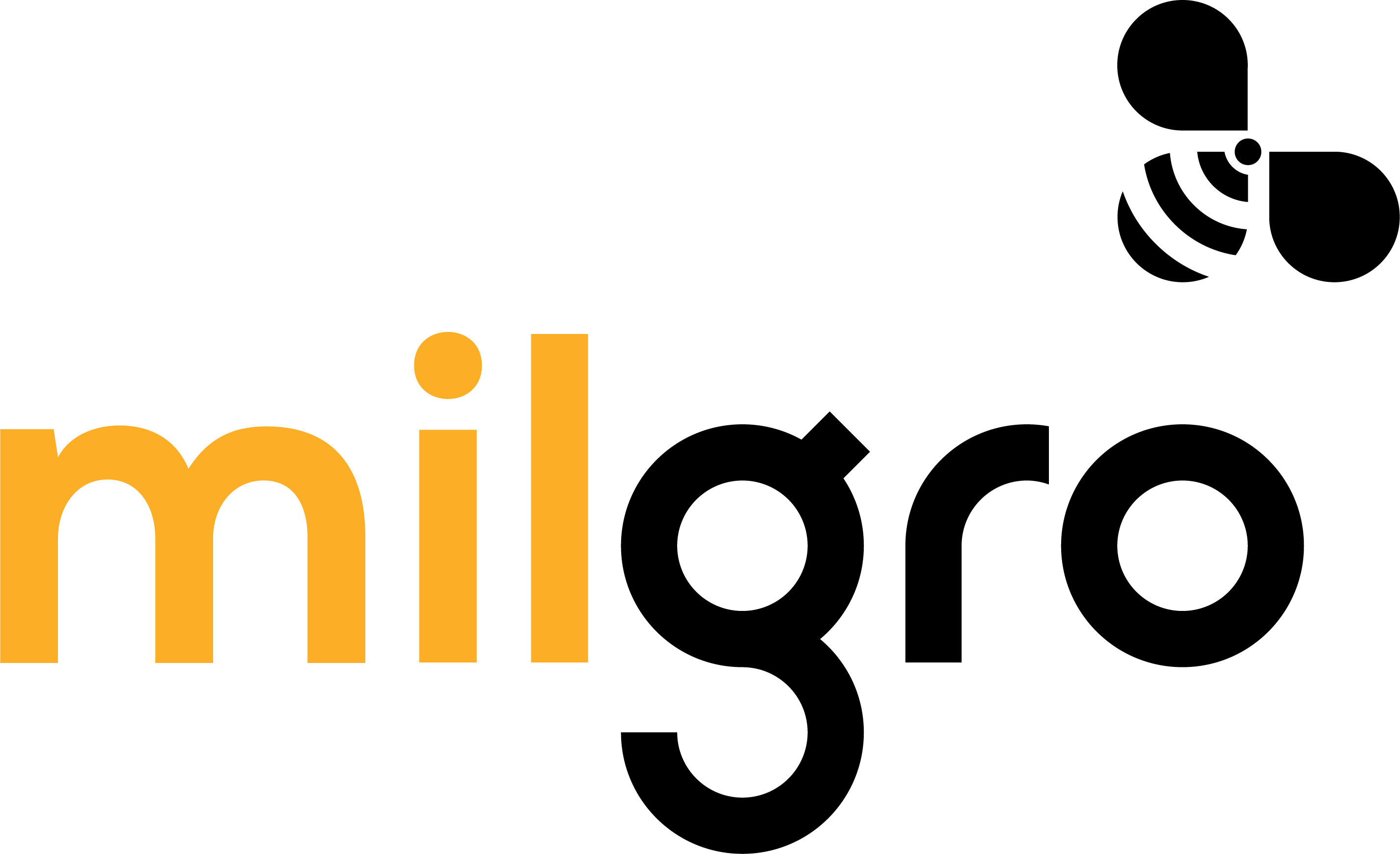More and more companies have a Zero Waste ambition. But how do you turn that ambition into concrete steps? During Zero Waste Week (May 19 to 23), we will show you how your organization can start reducing waste in the workplace.
In this liveblog, we guide you through a different phase each day towards Zero Waste. From setting the right KPIs to getting rid of residual waste bins in the office-we share real-life examples, insights from our partners and tools you can use.
Zero Waste Week Liveblog 2025
2025-05-20 10:00:00 Tuesday, May 20: Source separation in the workplace
Yesterday, Milgro’s Zero Waste Week focused on insight — a crucial first step toward Zero Waste.
Once you understand which waste streams are generated at your location, it’s time to look at how to separate them properly. That brings us to today’s theme: source separation.
On the work floor, source separation means employees dispose of different waste streams — such as paper, glass, organic waste (GTF), and PMD — in separate bins. By keeping these streams out of residual waste, they remain suitable for high-quality recycling.
A clear example is cardboard. When collected in a dedicated paper bin, it stays clean and fit for reuse. But if it ends up mixed with residual waste, recycling often becomes impossible due to contamination. Properly separated waste stands a far better chance of being reused as a valuable raw material. In this way, resources stay in the loop — fully aligned with the principles of Zero Waste.
2025-05-20 11:00:00 The Zero Waste Workshop
Day two of Zero Waste Week is the perfect moment to take a critical look at how waste is collected at your location.
Are the right bins available? Do they match the waste streams being generated? And are they placed in logical locations? Effective source separation starts with a logical and practical layout of the workplace.
Communication is just as important. Do employees know which waste belongs where? And do they understand why separating waste streams is essential for reuse and recycling?
At Milgro, we support organizations in this process — including through our Zero Waste Workshop. During this interactive session, we work with employees to analyze the current situation and identify how waste separation can be improved.
One example of this in practice is our collaboration with Bru Textiles, a company active in the textile sector. Although they already had a decent separation system, our analysis revealed that film, straps, and cardboard regularly ended up in residual waste. The reason? There were no specific collection options for these streams.
By adding extra bins and providing clear instructions, the separation rate significantly improved.
Ready to improve source separation at your workplace? Learn more about the Zero Waste Workshop.
2025-05-20 12:00:00 Real-life example
Another concrete real-life example from one of our partners: straps — plastic strapping bands made of polypropylene (PP) or polyester (PET) — which are released when unpacking goods in the logistics sector.
Previously, these straps were often mixed with other packaging waste, such as plastic film. Because both materials are thin and flexible, sorting machines struggled to distinguish between them. The result: the straps ended up as residual waste.
Together with this partner, Milgro set to work improving source separation of this stream. At the location where the straps are released — for example, when unloading goods — they are now collected separately in dedicated film collection bags. These are then sent to a processor specialized in recycling this specific type of plastic.
Because the straps remain clean and unmixed, they can now be recycled at a high level of quality, keeping this specific waste stream available as a raw material.
2025-05-20 13:00:00 Tools and resources
Want to improve source separation in your workplace? You can — with our free tools and resources.
1. Workplace Waste Separation Guide
From legislation and guidelines to practical tips — this guide shows you how your organization can make lasting improvements in waste separation.
2. Waste separation posters
Proper waste separation starts with clear communication. Our visual posters show at a glance what belongs where — practical for everyone in the workplace.
3. Waste Separation Quiz
How well do you know what goes in which bin? Test your knowledge with our short quiz and instantly see how often things still go wrong at work. A fun and educational activity to do with your colleagues during- and after- the Zero Waste Week.
quiz and instantly see how often things still go wrong at work. A fun and educational activity to do with your colleagues during- and after- the Zero Waste Week. 
2025-05-19 09:00:00 Monday, May 19: Insight as the starting point
Today we’re kicking off Zero Waste Week with the theme: insight. Do you have a Zero Waste ambition? Then this is the perfect moment to take the first step toward making it a reality.
What a Zero Waste ambition looks like varies per organization. It may involve reducing the volume of residual waste, increasing the percentage of correctly separated waste, or lowering CO₂ emissions through more efficient processing and logistics. Whatever your goal is — without insight into your waste streams, it remains abstract and difficult to translate into concrete action.
A baseline measurement is a logical first step to gaining this insight. How many kilos are generated per waste stream? Where does most of the waste originate? And how well is it currently being separated?
These insights provide the foundation for setting KPIs that match your Zero Waste ambition — such as a maximum number of kilos of residual waste per location or a target separation rate per waste stream.
2025-05-19 11:00:00 Real-life example
A strong example of how crucial insight is when realizing a Zero Waste ambition comes from a collaboration with Isobouw, a producer of insulation solutions. At one of their production sites, a large volume of wood had been disposed of as residual waste for years. The reason? The wood was contaminated with EPS (expanded polystyrene), commonly known as Styrofoam. This material is difficult to separate from wood and disrupts the recycling process, rendering the entire stream unsuitable for reuse.

In collaboration with Isobouw, Milgro mapped out this wood stream in detail. The analysis revealed that EPS was adhering to the woord during production, and that the way the material was collected and stored further contributed to contamination. These insights formed the starting point for targeted improvements. Our Waste Engineers explored sustainable solutions and developed them into a well-founed business case.
Based on this advice, Isobouw adjusted its production process and selected a processor capable of converting the wood stream into biomass. Milgro aligned the waste collection accordingly, enabling the wood to be delivered separately. The result: this stream is no longer disposed of as residual waste but is now reused as a renewable energy source.
2025-05-19 11:30:00 Insights from our partners
HTM, the public transport operator in The Hague, also relied on data insights to turn their Zero Waste ambition into concrete action. They used Milgro’s Waste Scan to generate these insights.
“Milgro quickly impressed us with a complete overview of all our waste streams. The customized cross-sections provide us with in-depth insight into the structure of the costs and benefits of our residual flows. Milgro acts as a knowledge partner, diving deep into our internal (waste) processes. They’ve proven to handle our unique waste streams creatively and sustainably by enabling direct reuse in other sectors.”
The Waste Scan provides accurate insight into the waste streams generated within your organization. It maps where waste arises, at which locations, and in what quantities. Based on that, opportunities for optimization become clear: How much (residual) waste can be prevented? How much CO2 can be saved? And how much can you cut in waste-related costs?
quantities. Based on that, opportunities for optimization become clear: How much (residual) waste can be prevented? How much CO2 can be saved? And how much can you cut in waste-related costs?
In short, the Waste Scan is the ideal starting point for reducing waste, lowering costs, and increasing circular impact — a smart step towards becoming a Zero Waste organization.
Want to know more? Download our full brochure.
Ready to get started? Take the online Waste Scan and discover — in just 10 minutes — where the opportunities lie to optimize your waste management, with a focus on cost, sustainability, and service.
2025-05-19 12:00:00 Get hands-on with insight — interactively and effectively.
Join the #zerowastechallenge and discover, together with your colleagues, which waste streams arise at your workplace — and where the opportunities lie to reduce them.
During this challenge, you’ll collect, weigh, and analyze your company’s waste. Then, you’ll work together to find sustainable solutions. Practical, engaging, and effective.
Download the materials for the #zerowastechallenge here.

















